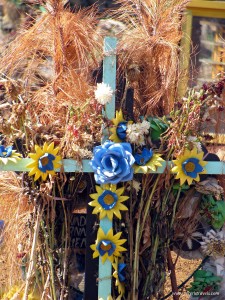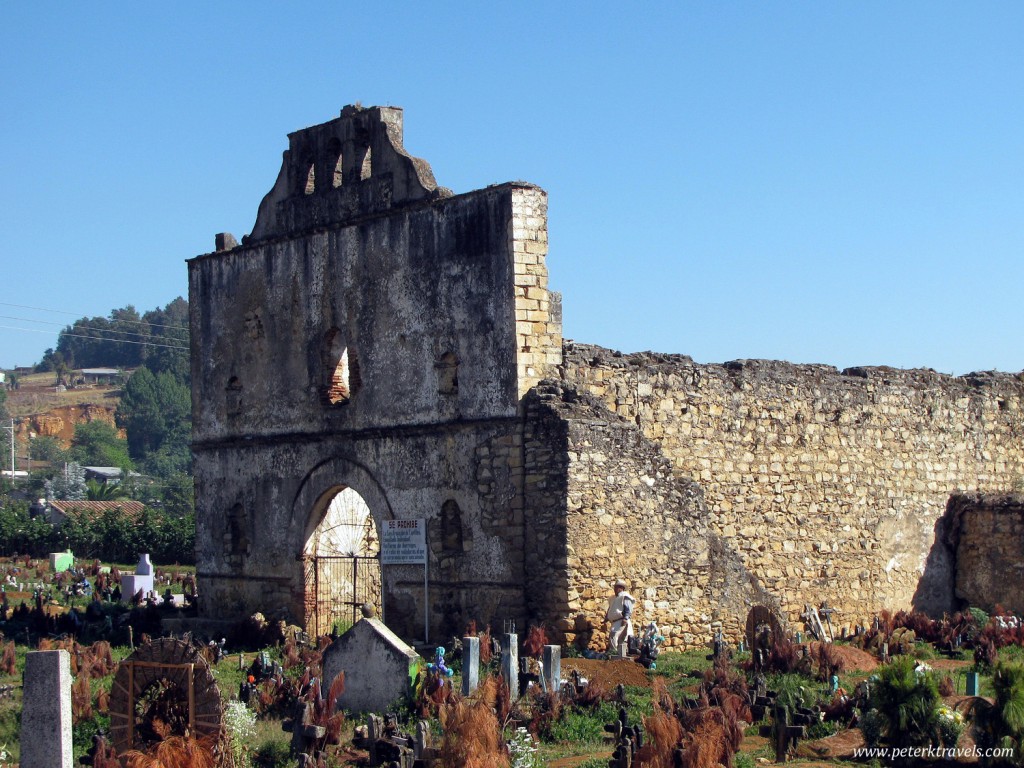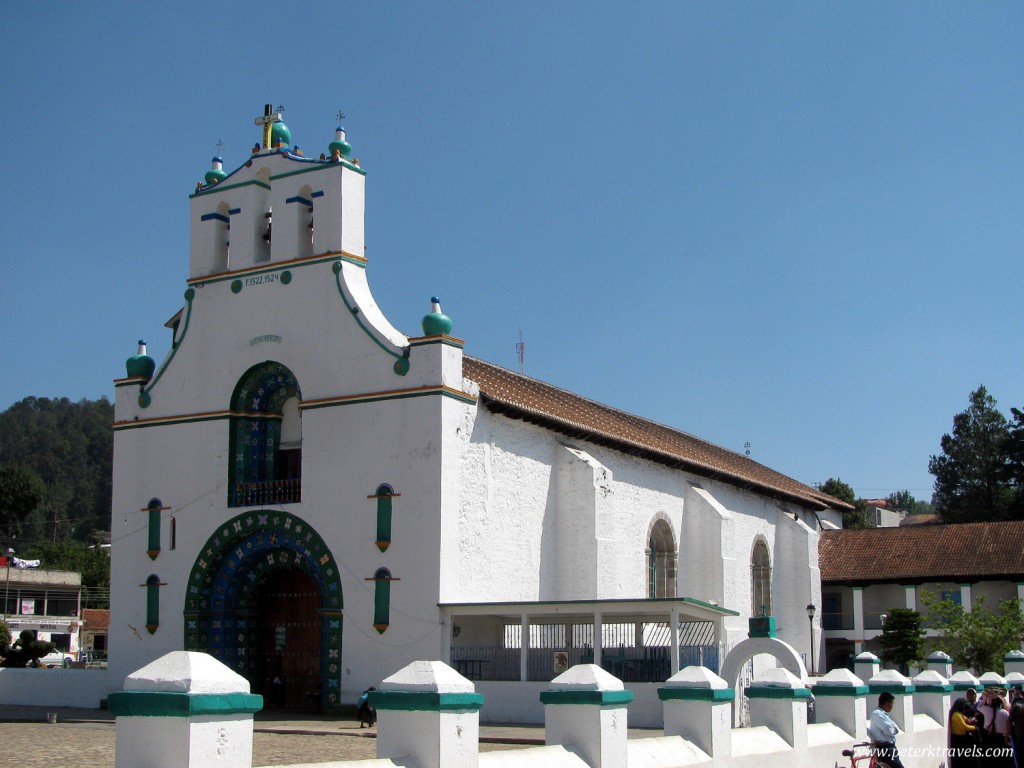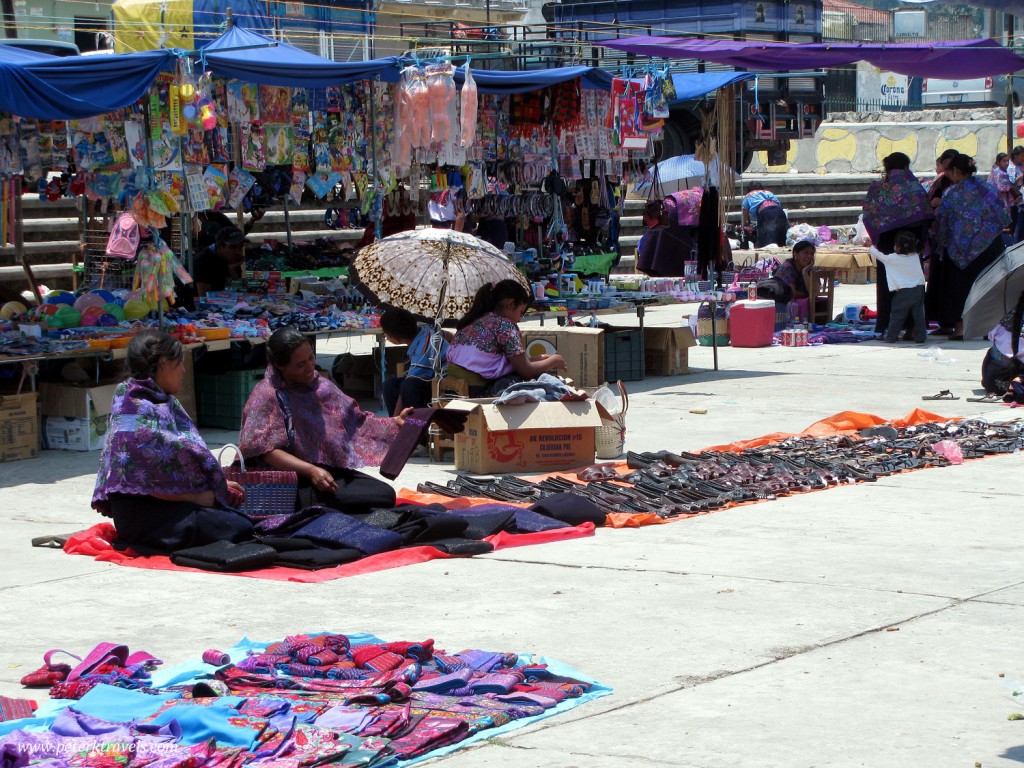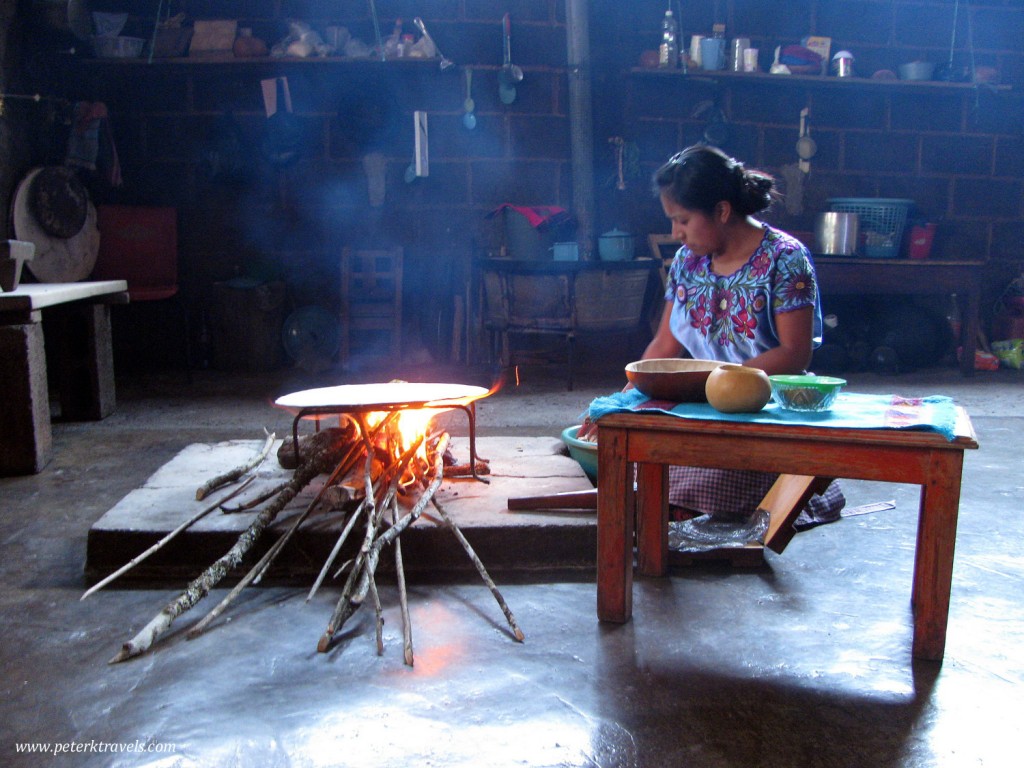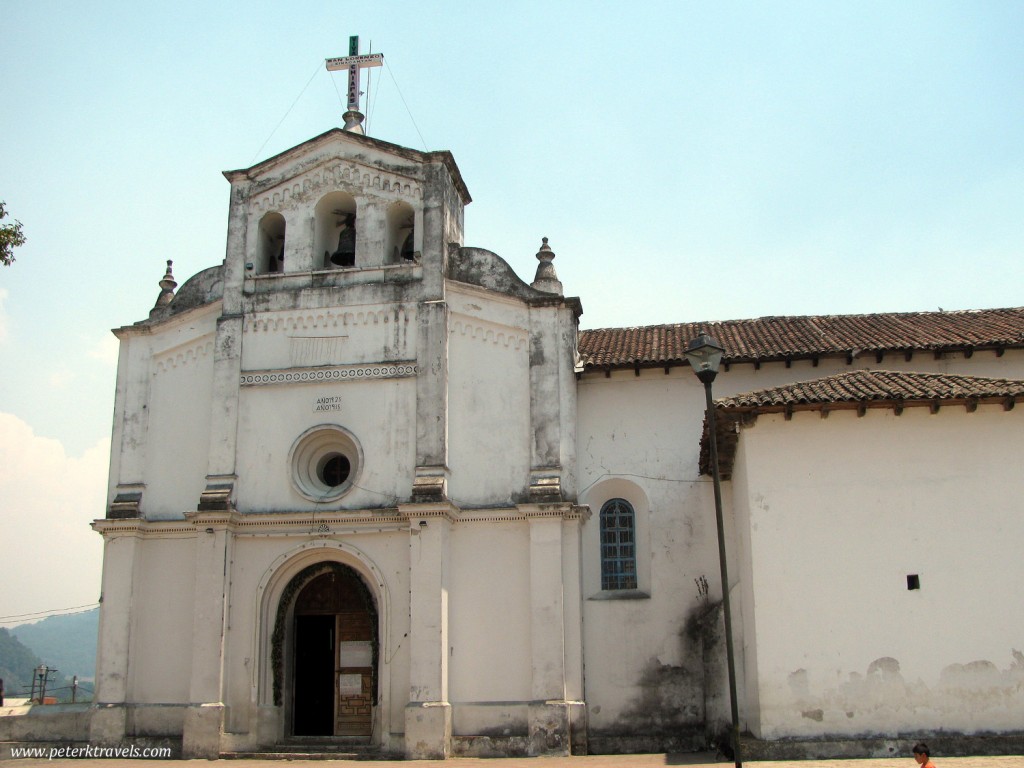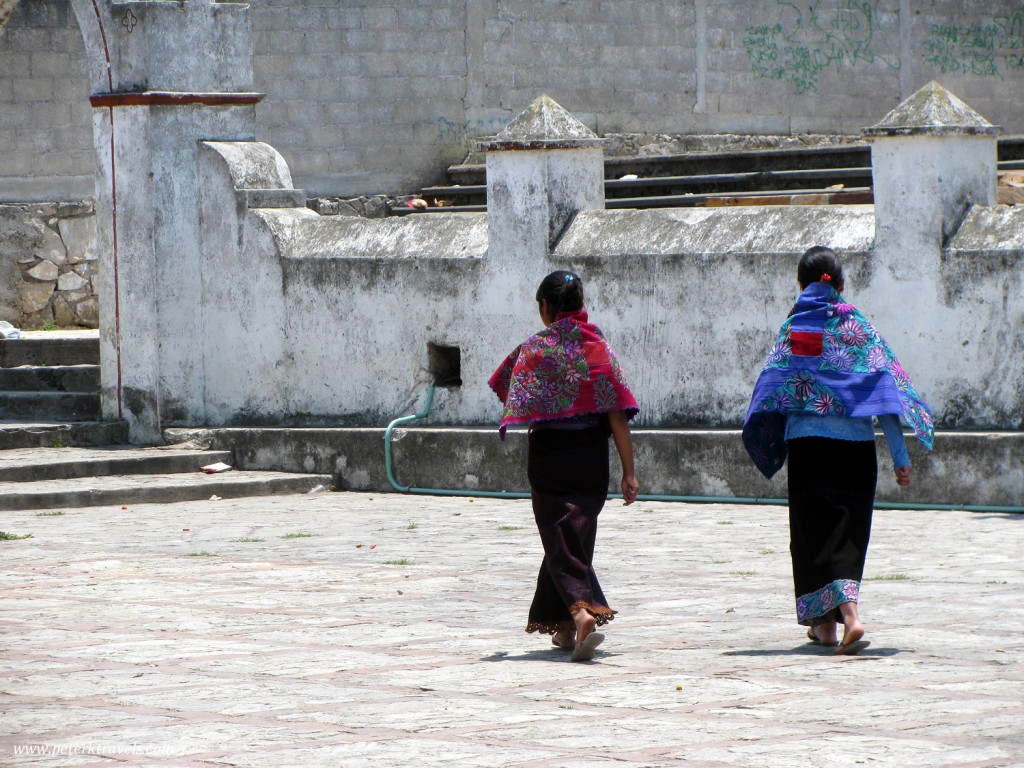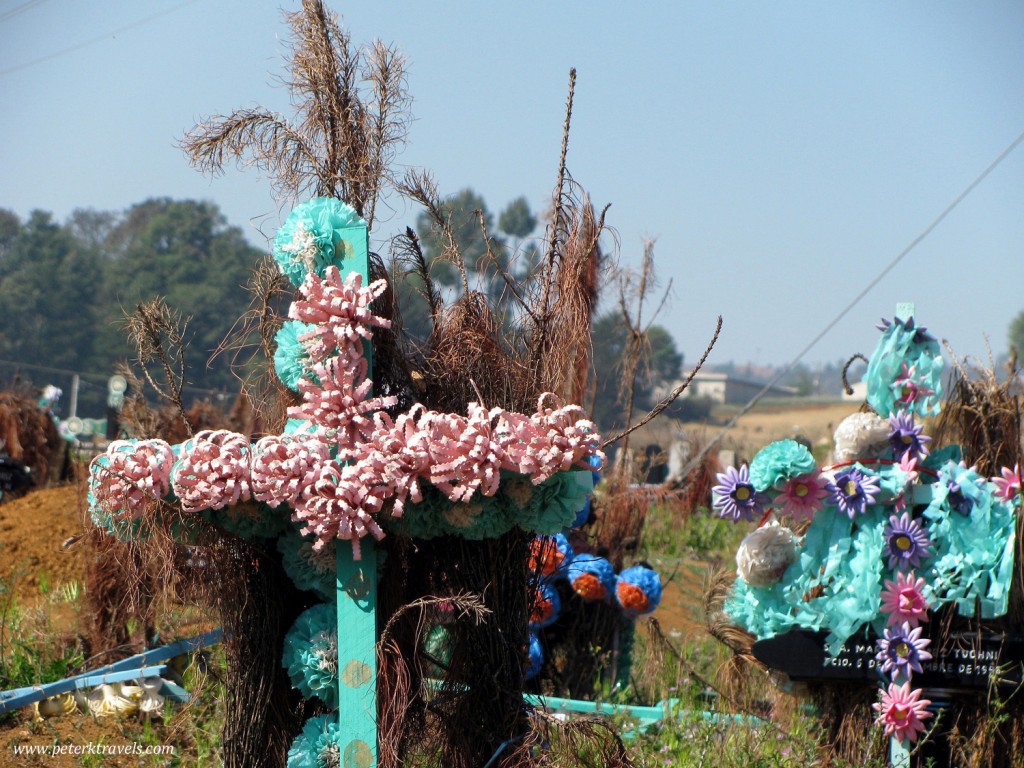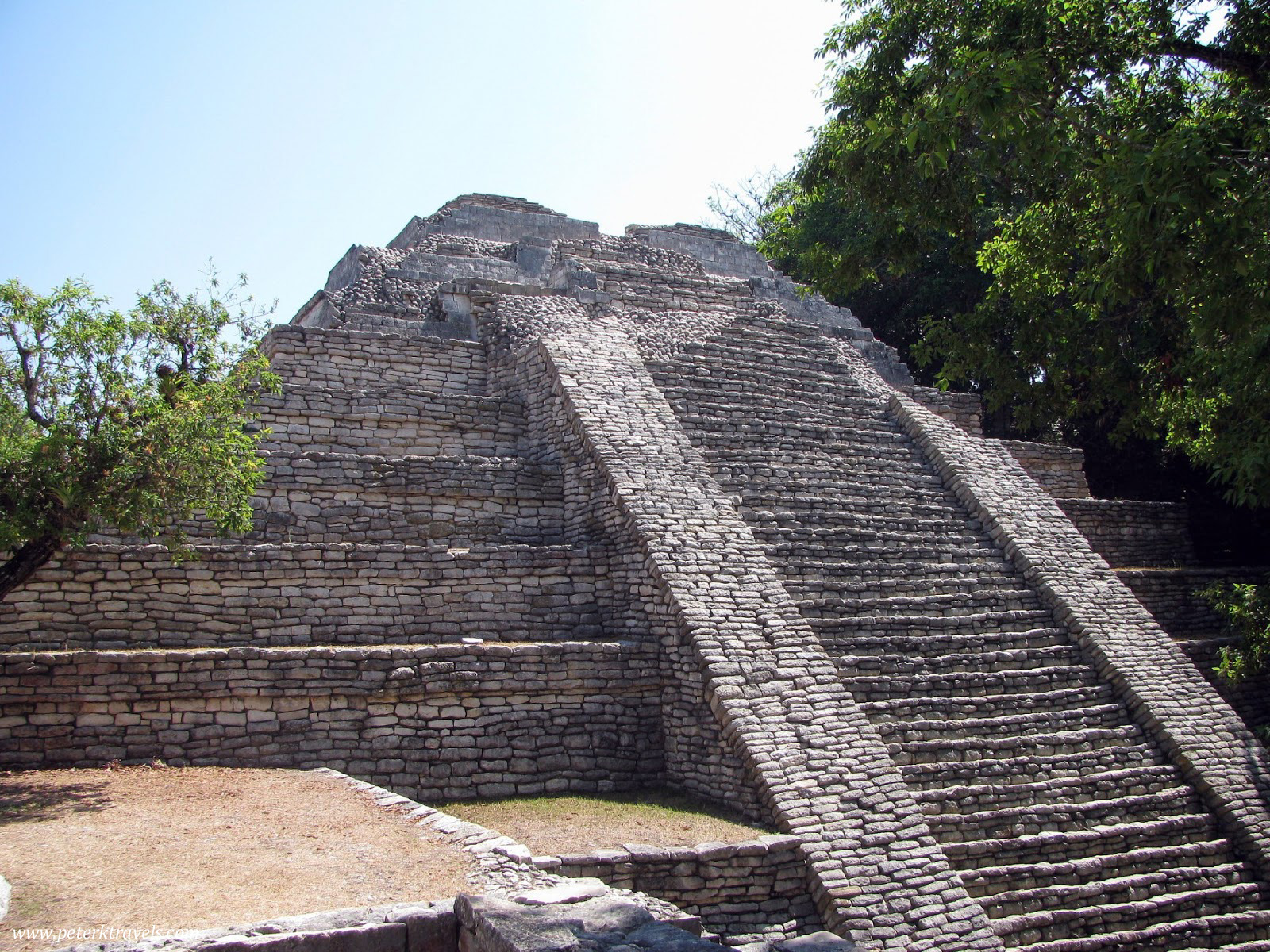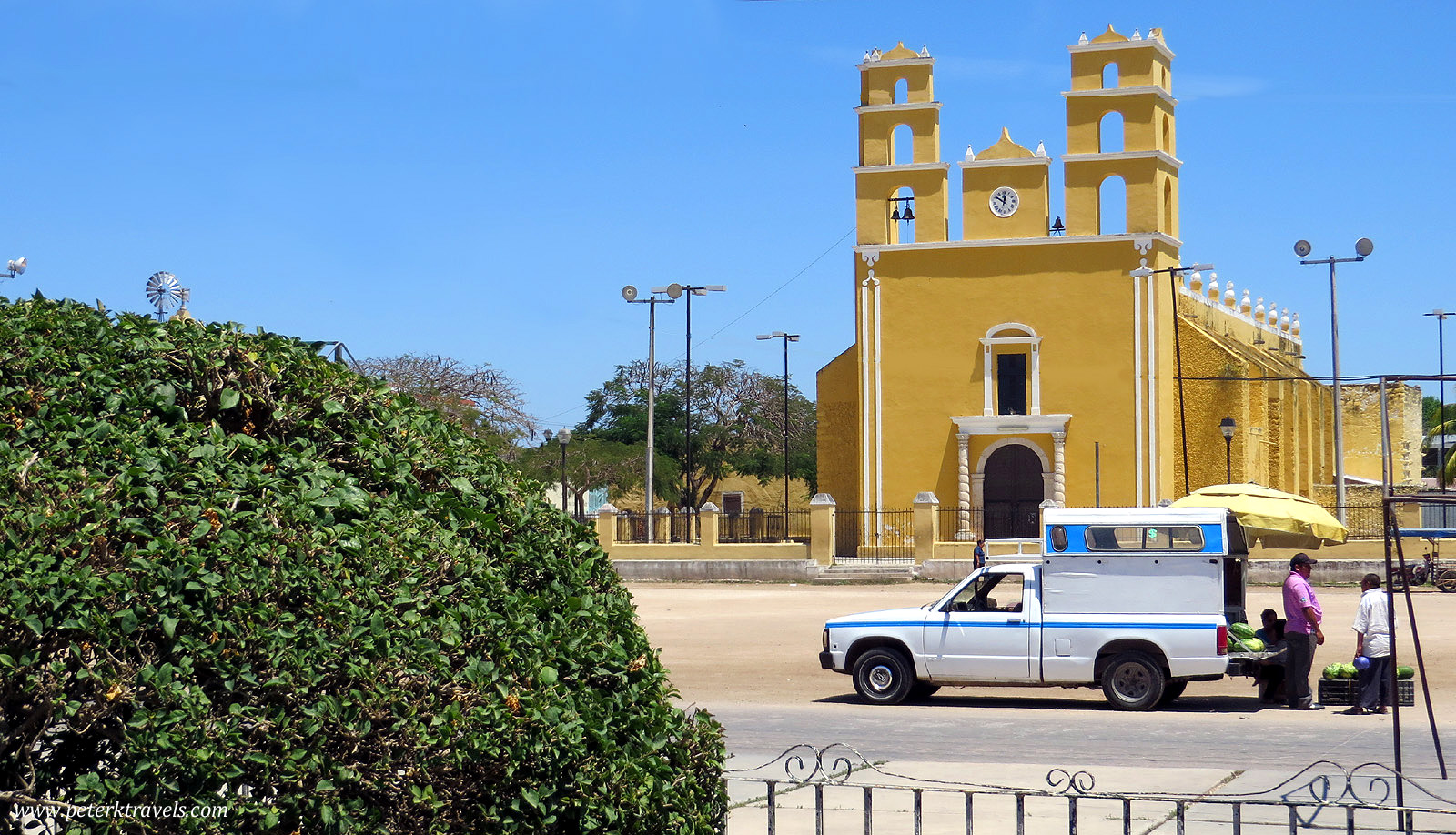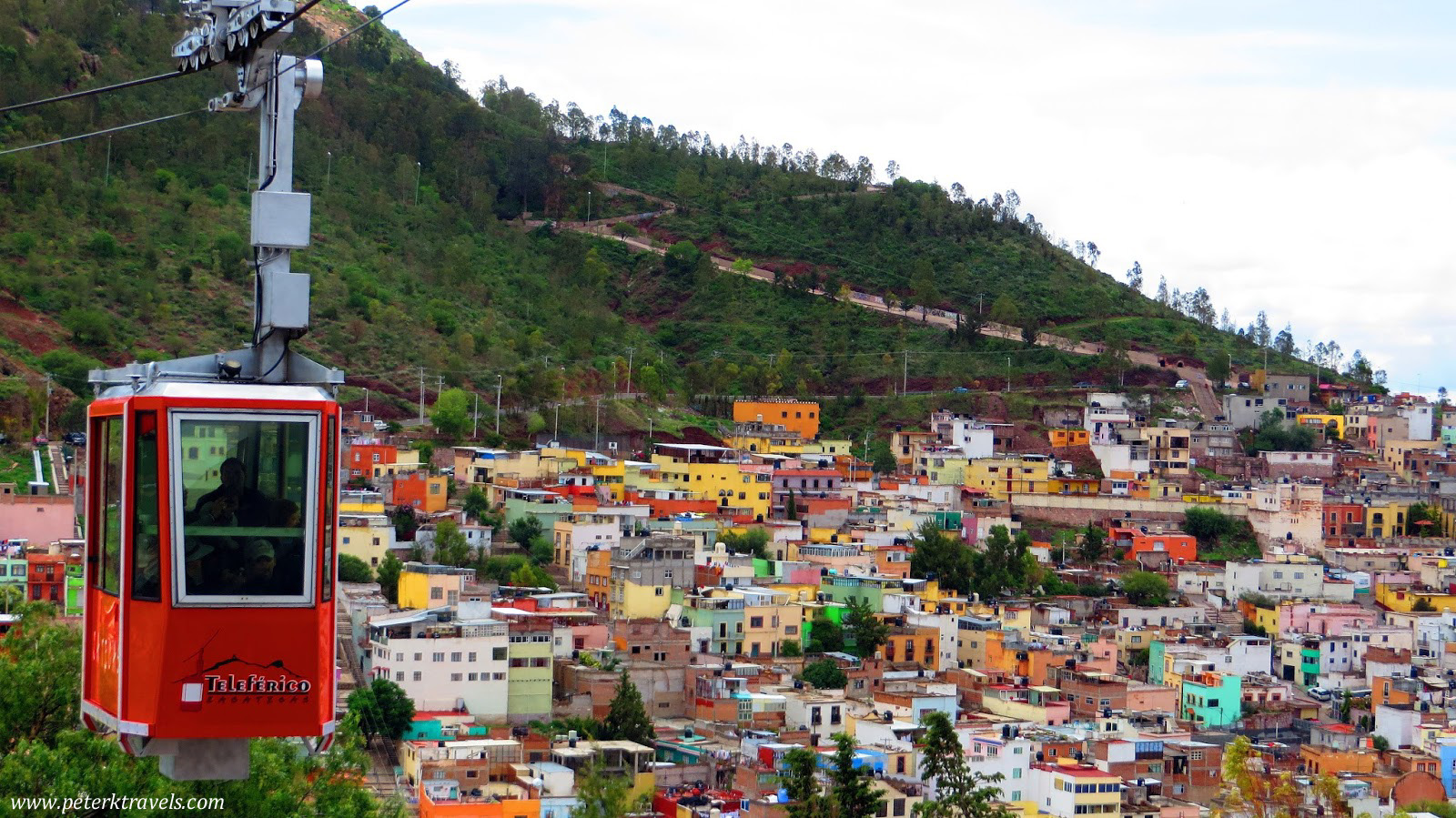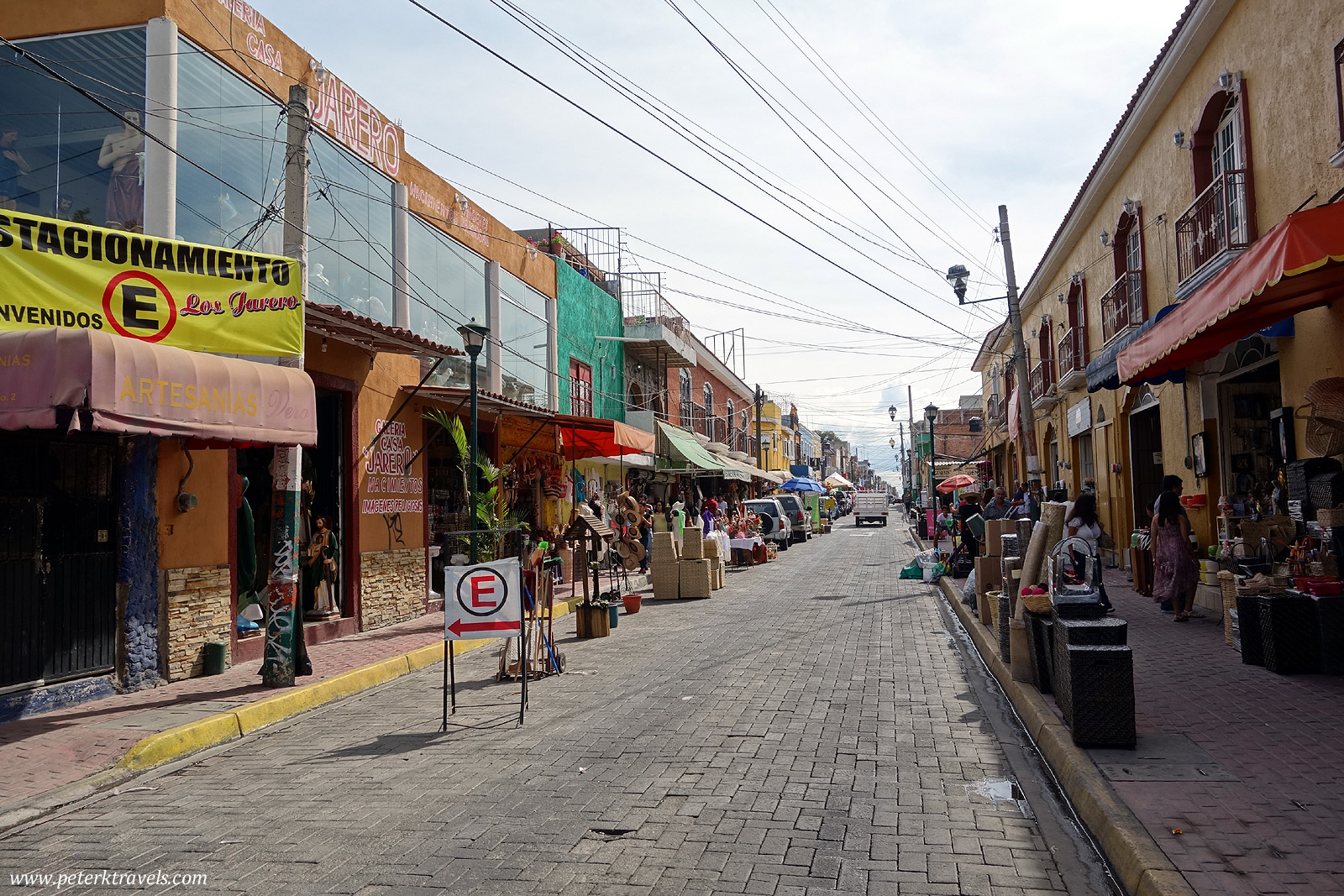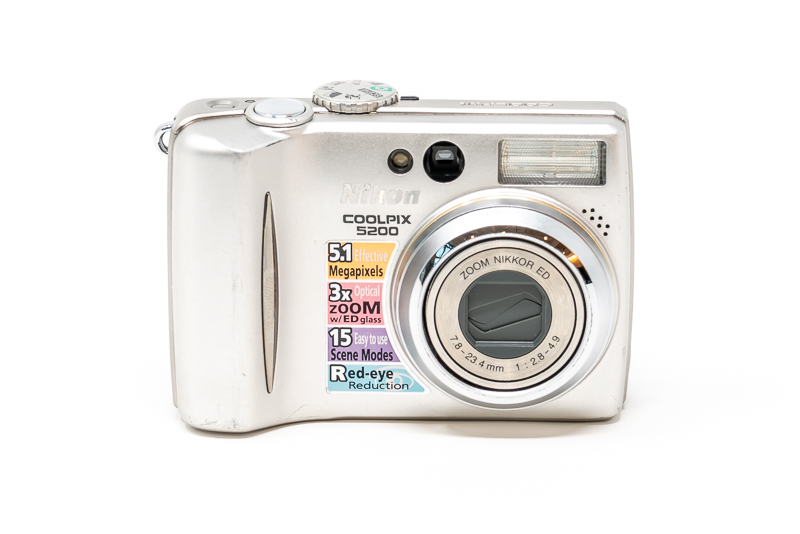San Juan Chamula and Zinacantan
In April 2013, I visited Chiapas. I had some spare time one day, and decided to take a tour to San Juan Chamula and Zinacantan. Normally I prefer to do things like this on my own, but I decided to do a drop in tour — one where everyone just meets at the cathedral — and then they take you to the villages. I had heard that these towns were somewhat different, and that simple things like taking photos may be frowned upon. It seemed like going with a guide might be a good idea.
These are indigenous Mayan villages, both with a strong tradition. The communities are somewhat autonomous, with their own police forces, customs, holidays, and even clothing. While not unfriendly, they certainly view outsiders with a healthy dose of skepticism.
I ended up going with Alex and Raul tours. The drive to Chamula was fairly short, and we had a small group. The driver dropped us near a ruined church in Chamula, which is where we began our tour. The church was surrounded by a Mayan graveyard. The Mayan graves are somewhat different. They use a Mayan cross, a symbol which existed even before Christianity was introduced to the area. The color of the cross signifies the age of the deceased. The crosses are decorated and there are often religious processions in the cemetery. It was important to not photograph the processsions — it was acceptable to photograph the church and graves.
The tour continued to the church in the center of town. We were able to take photos of the exterior of the church, but it was not allowed to take photos inside. The local Mayans practice a form of religion that meshes their Mayan beliefs with some Catholic beliefs. The inside of the church is bare, with pine needles strewn on the floor. People bring candles and chickens to the church. Different color candles are lit, and wax is dripped on the floor. A shaman will burn incense and pass the chicken through it.
The chicken is then killed. The meanings of these rituals are somewhat confusing to us, which is why it is nice to have a tour guide to explain it. You are allowed to watch, quietly, as these rituals happen. The key is to not get in the way, and by no means should you take a picture. Some people, of course, have taken pictures. You can see one of the inside of the church here. Needless to say, this was one of the most interesting things I have seen in a church! The exterior of the church is also interesting. It has a blue and green painted border around the door. These colors are significant in the Mayan religion.
While in Chamula, we also toured the local market, and also toured the home of a local religious leader.
We then moved on to Zinacantan. Zinacantan was another small village with a strong indigenous presence. The women of Zinacantan wear beautiful purple and black woven clothes. We stopped at a market in town and enjoyed the bright colors. Everything from clothes to tools and food was for sale. The feeling here was a little less ominous than in Chamula — while you probably still needed to be deferential when taking photos, it didn’t seem quite so strict.
Part of our tour was to visit a local family’s home. We were able to see a demonstration both of weaving (which this area is famous for), and cooking. We were shown how a tortilla was made on a tradition comal, using wood for a fire. We were then able to sample them — excellent! We ended our tour of Zinacantan at the church, which was more traditional than the one in Chamula. It was still not permitted to take photos inside, but this was a much more normal experience — a church with pews and a typical altar. This was a fun tour, and I would highly recommend it. I think going with a guide was the right thing to do — the explanations of the rituals alone was worth the price.

